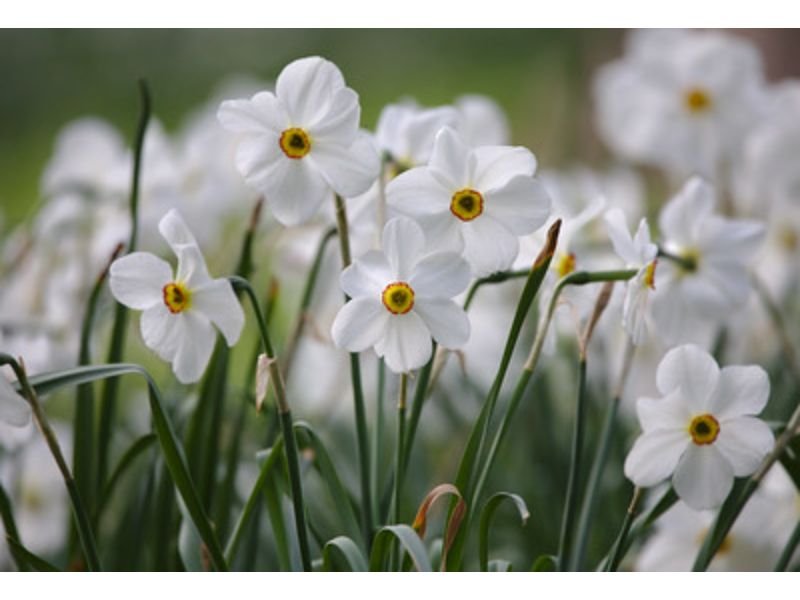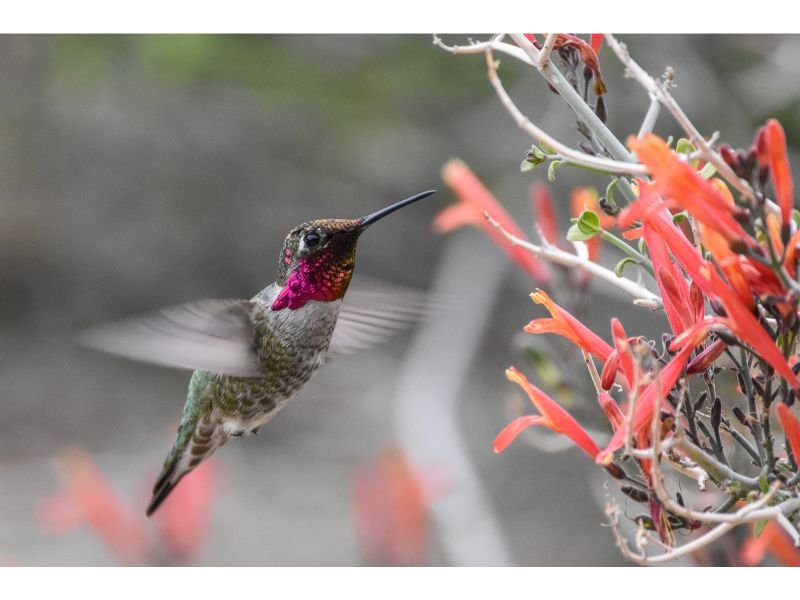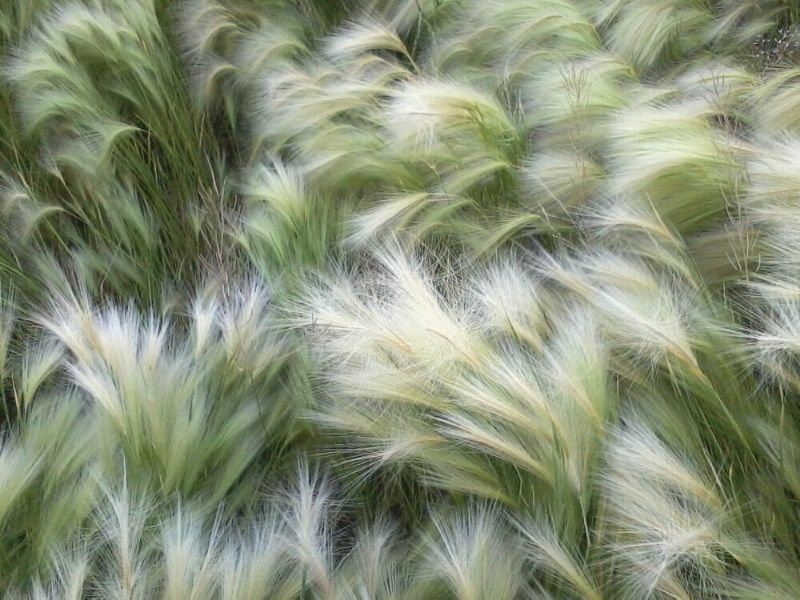Are you searching for a way to enhance the natural beauty of your garden? Do you want to add a touch of elegance and grace to your landscape? Look no further than shade-loving hydrangeas!

Hydrangeas are one of the most popular and versatile flowering shrubs, with over 70 different species and thousands of cultivars to choose from. They are known for their stunning flowers that come in a range of colors, from white to pink, blue, and even purple. However, not all hydrangeas are created equal, and not all of them thrive in shade. That’s why we’ve put together this ultimate guide to shade-loving hydrangeas varieties, so you can choose the best ones for your garden and enjoy their beauty for years to come.
Table of Contents
Why Choose Shade-Loving Hydrangeas?
Hydrangeas are a perfect choice for those who want to add some color and texture to their garden but don’t have a lot of space or full sun exposure. Shade-loving hydrangeas can grow well in areas with partial shade, making them perfect for planting under trees, near a shady wall, or in a woodland garden. They also require less maintenance compared to other plants and can thrive in moist soil conditions.
Top Varieties of Shade-Loving Hydrangeas
Annabelle Hydrangea

Annabelle hydrangeas are known for their large, fluffy, white blooms that can reach up to 12 inches in diameter. These hydrangeas are low maintenance and can thrive in partial to full shade. They are also relatively easy to grow, making them a popular choice among gardeners.
Incrediball Hydrangea
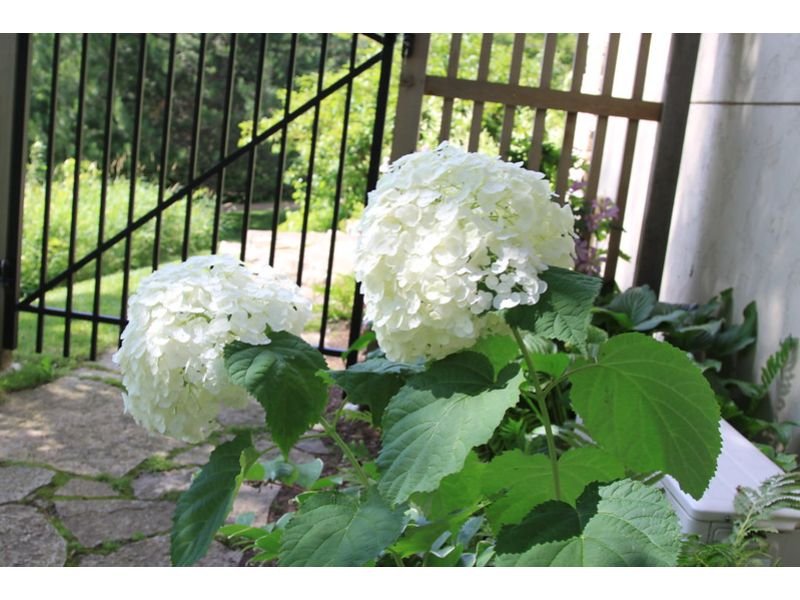
The Incrediball hydrangea is a cultivar of the Annabelle hydrangea and is known for its massive, round, white blooms that can reach up to 12 inches in diameter. This variety is also relatively low maintenance and can thrive in partial to full shade.
Limelight Hydrangea
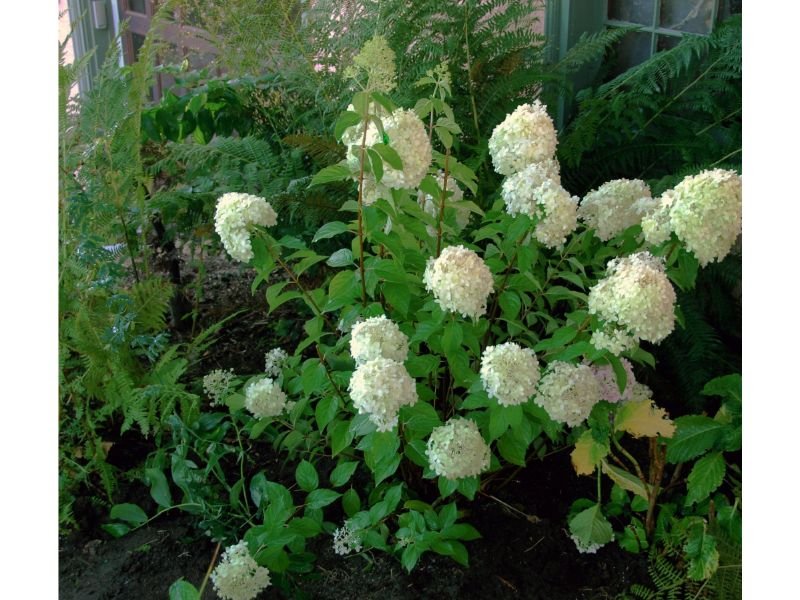
The Limelight hydrangea is a popular choice among gardeners because of its unique lime-green blooms that turn pink as they age. This variety can thrive in partial shade and can reach up to 8 feet in height, making it an ideal choice for landscaping.
Oakleaf Hydrangea
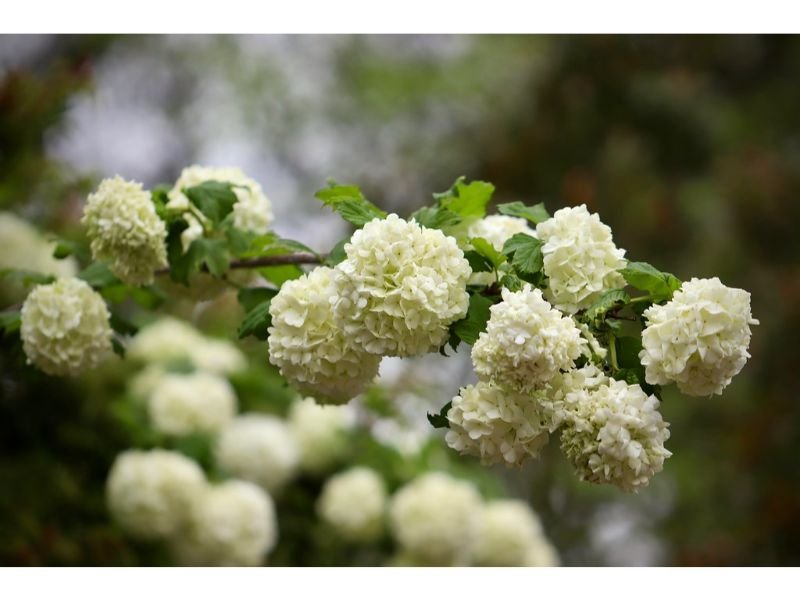
The Oakleaf hydrangea is known for its stunning foliage, which turns a beautiful red in the fall. This variety can thrive in partial to full shade and can reach up to 8 feet in height. Its cone-shaped blooms are also a sight to behold and can range from white to pinkish-purple.
Tardiva Hydrangea

The Tardiva hydrangea is a tall variety that can reach up to 10 feet in height. It is known for its elongated blooms that can reach up to 12 inches in length, and its ability to thrive in partial shade. This variety can also be trained to grow as a small tree, making it a versatile choice for any garden.
Endless Summer Hydrangea

The Endless Summer hydrangea is a popular choice among gardeners because of its ability to bloom multiple times throughout the growing season. This variety can thrive in partial shade and can produce stunning blue, pink, or white blooms depending on the soil pH.
Nikko Blue Hydrangea

The Nikko Blue hydrangea is a classic choice among gardeners because of its stunning blue blooms. This variety can thrive in partial to full shade and can reach up to 6 feet in height. It’s important to note that the color of the blooms can be influenced by the soil pH, with more acidic soil resulting in blue blooms.
In conclusion, if you have a shaded garden, don’t give up on the beauty of hydrangeas! By choosing the right shade-loving varieties, you can enjoy the stunning blooms and foliage of hydrangeas in your garden.
How to Grow and Care for Shade-Loving Hydrangeas
Soil and Sun Exposure
Shade-loving hydrangeas prefer moist, well-draining soil with a pH level between 5.2 and 6.5. They thrive in partial shade and can tolerate up to four hours of direct sunlight a day. However, they prefer cool, moist conditions and can suffer from heat stress if exposed to too much sun.
Watering
Shade-loving hydrangeas require regular watering to thrive, especially during the hot summer months. However, they can suffer from root rot if the soil is too wet, so it’s important to water them deeply but infrequently. Aim to keep the soil consistently moist but not waterlogged.
Mulching
Mulching can help to retain moisture in the soil and prevent weed growth. A layer of organic mulch such as compost, shredded leaves or bark can be applied around the base of the plant, being careful not to cover the stems.
Fertilizing
Shade-loving hydrangeas benefit from regular fertilization to encourage healthy growth and abundant blooms. A balanced, slow-release fertilizer can be applied in the spring and again in mid-summer. Avoid using high-nitrogen fertilizers as they can promote leafy growth at the expense of flowers.
Pruning
Pruning can help to maintain the shape and size of the plant and encourage new growth. Shade-loving hydrangeas can be pruned in the late winter or early spring while the plant is still dormant. Remove any dead or damaged wood, as well as any crossing or rubbing branches. Cut back any stems that are too long to maintain the desired shape and size.
Conclusion
Shade-loving hydrangeas are beautiful and versatile plants that can thrive in shady gardens with the right care and attention. By providing the right soil, sun exposure, and water, as well as regular fertilization and pruning, you can enjoy healthy growth and abundant blooms from your shade-loving hydrangeas. There are several varieties to choose from, each with its unique characteristics and growing requirements. So, select the variety that suits your garden’s conditions and enjoy the beauty of these plants for years to come.

Gardening is my passion and growing plants indoors has always been a stress relief for me. Grow a banana tree in my apartment once (although failed to produce bananas).

